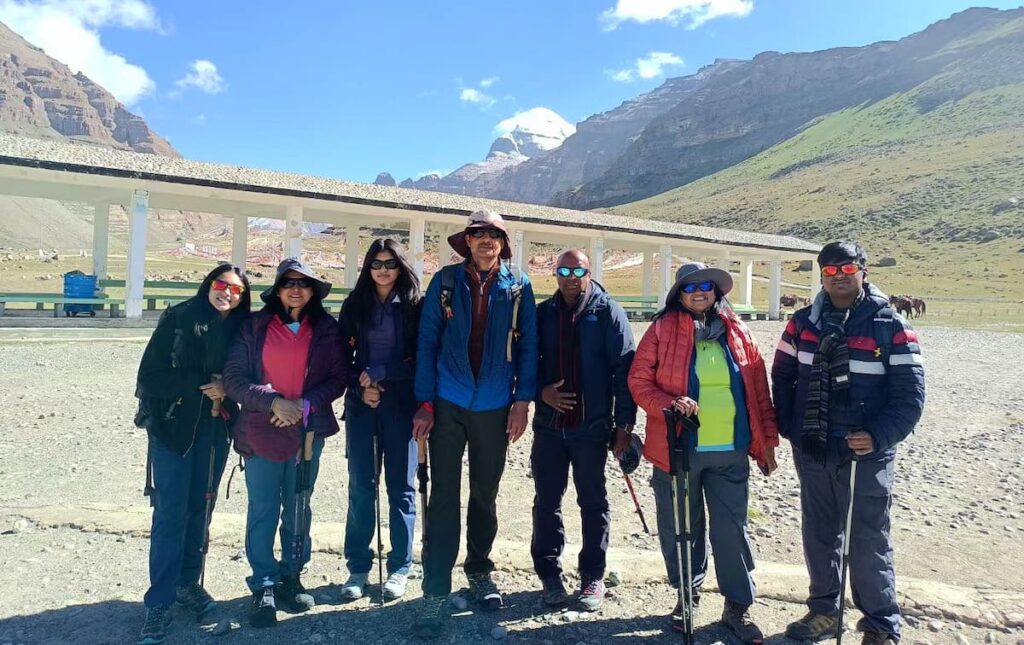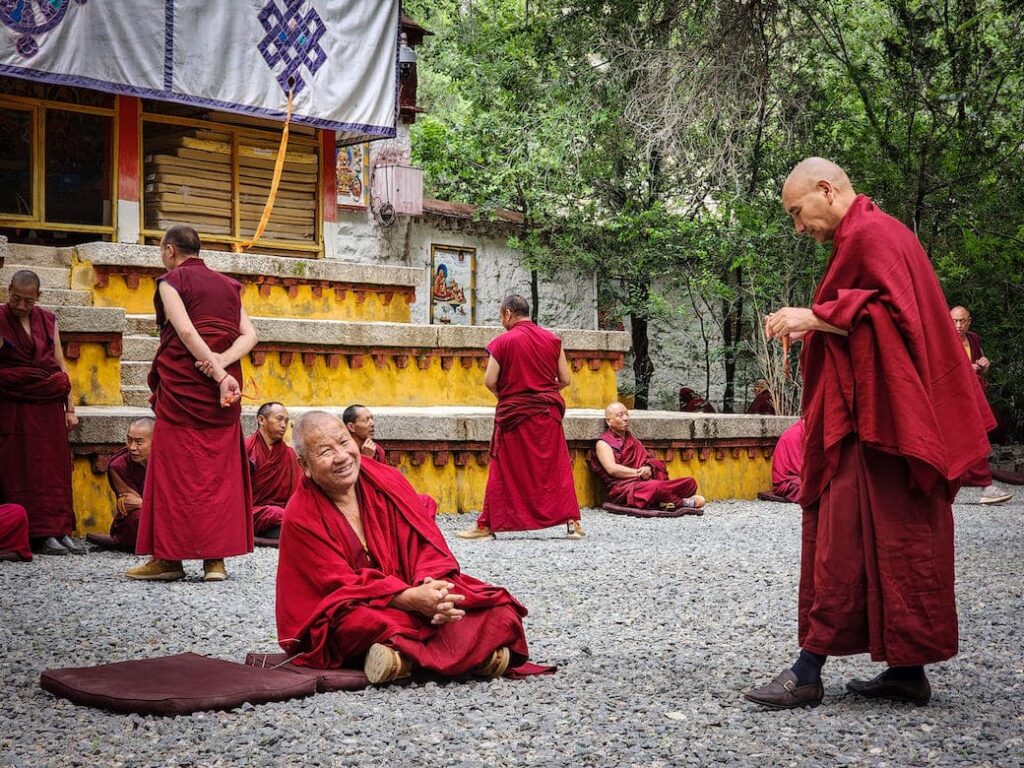In the shadow of towering peaks and amidst the whispering prayers of ancient monasteries, Tibet beckons travelers on a spiritual odyssey unlike any other. As the “Roof of the World,” this remote and mystical land offers a pilgrimage for the soul, where every step carries the weight of centuries of tradition and reverence. In this immersive guide, we’ll embark on a virtual journey to Tibet, exploring its sacred sites, vibrant culture, and breathtaking landscapes.

The Path Begins
Before setting foot on Tibetan soil, careful preparation is essential to ensure a smooth and meaningful journey. Obtaining the necessary permits, arranging transportation, and packing the right gear are crucial steps in laying the groundwork for your adventure.
Permits and Logistics
Navigating the bureaucratic maze of travel permits is the first hurdle for any journey to Tibet. Foreign visitors must obtain both a Chinese visa and a Tibet Travel Permit, which is typically arranged through a licensed tour operator in China. Additionally, certain areas of Tibet may require additional permits, so it’s essential to research and plan accordingly.

Choosing the Right Route
Tibet offers a myriad of routes and itineraries, each offering its own unique blend of cultural immersion and natural beauty. Whether you choose to follow the classic Lhasa to Everest Base Camp route or venture off the beaten path to remote regions like eastern Tibet or the sacred Mount Kailash, there’s no shortage of awe-inspiring destinations to explore.
Discovering Lhasa
As the beating heart of Tibetan culture and spirituality, Lhasa serves as the gateway to the wonders of the Roof of the World. Steeped in history and tradition, this vibrant city is home to some of Tibet’s most iconic landmarks, including the awe-inspiring Potala Palace and the sacred Jokhang Temple.
Exploring the Potala Palace
Perched majestically atop Marpo Ri Hill, the Potala Palace is a symbol of Tibetan resilience and devotion. Originally constructed in the 7th century, this UNESCO World Heritage Site served as the winter residence of the Dalai Lama and remains one of Tibet’s most revered cultural treasures.
Pilgrimage to the Jokhang Temple
Just a short walk from the Potala Palace lies the Jokhang Temple, the spiritual heart of Tibetan Buddhism. Built in the 7th century by King Songtsen Gampo, this ancient temple is a sacred pilgrimage site for Buddhists from around the world, who come to pay homage to the revered Jowo Shakyamuni statue.

Exploring Tibet’s Sacred Sites
Venturing beyond the confines of Lhasa, travelers are greeted by a landscape dotted with ancient monasteries, sacred lakes, and snow-capped peaks. Each site holds its own unique spiritual significance, offering travelers the opportunity for introspection and enlightenment.
The Kora of Mount Kailash
For devout pilgrims, a journey to Mount Kailash is the ultimate spiritual quest. Revered as the abode of the gods in Hinduism, Buddhism, Jainism, and Bon, this sacred mountain draws thousands of pilgrims each year who circumambulate its base in a ritual known as the kora.

Reflections of the Divine
Nestled amidst the Himalayas, Lake Namtso is one of Tibet’s holiest lakes, revered as the “Heavenly Lake” in Tibetan mythology. Surrounded by snow-capped peaks and pristine grasslands, this crystalline lake offers travelers a tranquil sanctuary for meditation and contemplation.
Embracing Tibetan Culture
At the heart of Tibetan culture lies a deep reverence for tradition, manifested in its vibrant festivals, colorful customs, and rich artistic heritage. Immerse yourself in the rhythm of Tibetan life as you witness age-old rituals and ceremonies passed down through generations.
Festivals of Faith
Tibetan festivals offer a window into the soul of this ancient land, celebrating the cycle of life, death, and rebirth. Saga Dawa, the holiest day in the Tibetan calendar, commemorates the birth, enlightenment, and Parinirvana of the Buddha, while Losar, the Tibetan New Year, ushers in a season of renewal and hope.

Thangka Painting
Thangka painting is a revered art form in Tibetan culture, depicting deities, buddhas, and spiritual symbols with exquisite detail and precision. Visit a local monastery or workshop to witness master artisans at work, preserving this centuries-old tradition for future generations.
Conclusion
As our virtual journey through Tibet comes to a close, we’re left with a sense of awe and wonder at the beauty and spirituality of this mystical land. From the ancient monasteries of Lhasa to the snow-capped peaks of Mount Kailash, Tibet offers a pilgrimage for the soul, inviting travelers to embark on a journey of discovery and enlightenment.
But the path doesn’t end here; it continues, winding through the valleys and across the plains, beckoning us to explore further and delve deeper into the mysteries of the Roof of the World. So pack your bags, open your heart, and prepare to embark on the journey of a lifetime—a journey to the soul of Tibet.
